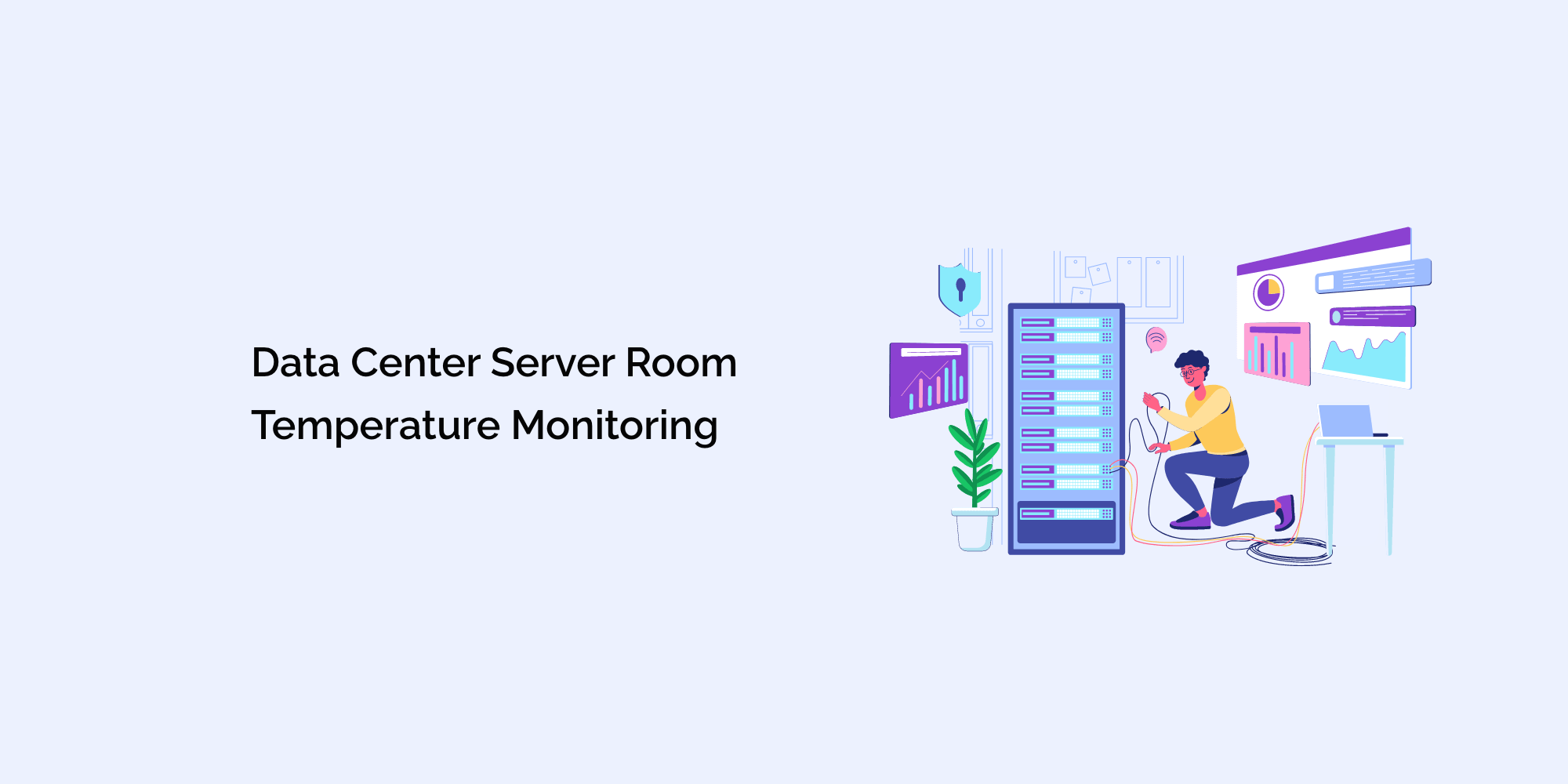Data centers are the backbone of the digital age, housing critical hardware components and processing vast amounts of data for various industries. The reliable and efficient performance of data centers heavily depends on maintaining optimal environmental conditions, particularly the temperature within server rooms. Temperature fluctuations can lead to hardware failures, downtime, and potential data loss. To address temperature-related challenges, data center administrators can adopt either a proactive or reactive approach to temperature monitoring. In this comprehensive blog, we will explore the significance of temperature monitoring in data centers, the differences between proactive and reactive approaches, and the benefits of adopting a proactive temperature monitoring strategy.
The Importance of Temperature Monitoring in Data Centers:
Temperature monitoring is crucial in data centers for the following reasons:
-
Hardware Reliability: High-performance hardware components in data centers operate optimally within specific temperature ranges. Monitoring ensures these components remain within the recommended temperatures, enhancing their reliability and longevity.
-
Preventing Downtime: Overheating can lead to critical hardware failures, resulting in costly downtime and potential data loss. Real-time temperature monitoring enables administrators to take immediate action and prevent unplanned outages.
-
Energy Efficiency: Efficient cooling management based on real-time temperature data allows data centers to optimize cooling systems for energy efficiency, reducing operational costs and environmental impact.
-
Proactive Issue Detection: Early detection of temperature fluctuations enables administrators to address potential issues before they escalate, reducing the risk of hardware failures and downtime.
- Ensuring Data Integrity: Temperature monitoring plays a critical role in protecting valuable data by reducing the risk of temperature-related hardware failures.
Proactive Temperature Monitoring:
Proactive temperature monitoring involves taking preventive measures to maintain optimal temperature conditions in server rooms. It focuses on identifying potential issues before they cause significant disruptions and taking immediate corrective action.
Key Features of Proactive Temperature Monitoring:
Benefits of Proactive Temperature Monitoring:
Reactive Temperature Monitoring:
Reactive temperature monitoring involves addressing temperature-related issues after they have already occurred. In this approach, administrators respond to temperature fluctuations and hardware failures once they are detected.
Key Features of Reactive Temperature Monitoring:
Limitations of Reactive Temperature Monitoring:
The Proactive vs. Reactive Dilemma:
Both proactive and reactive temperature monitoring approaches have their advantages and disadvantages. However, proactive monitoring is increasingly becoming the preferred strategy for data center administrators due to its numerous benefits.
-
Enhanced Reliability: Proactive monitoring enhances hardware reliability by preventing temperature-related failures and reducing downtime.
-
Cost Efficiency: Proactive measures, such as energy-optimized cooling, result in cost savings and more efficient data center operations.
-
Data Protection: Proactive monitoring minimizes the risk of data loss by preventing temperature-related hardware failures.
- Predictive Maintenance: Proactive approaches enable predictive maintenance, leading to more effective and timely preventive actions.
The Role of Technology in Proactive Temperature Monitoring:
Technological advancements have significantly improved proactive temperature monitoring in data centers:
-
Advanced Temperature Sensors: High-quality and precise temperature sensors provide real-time temperature data for accurate monitoring.
-
Remote Monitoring Solutions: Remote access to temperature data allows administrators to monitor conditions from anywhere, facilitating quick responses to potential issues.
-
Internet of Things (IoT) Integration: IoT-enabled temperature sensors can transmit data to a central monitoring system, providing real-time access to data from anywhere.
- Big Data and Analytics: Analyzing historical temperature data using big data and analytics tools helps identify trends and patterns, enabling predictive maintenance.
Conclusion:
Temperature monitoring in data centers is a critical aspect of data center management, ensuring optimal hardware performance, preventing downtime, and optimizing cooling efficiency. While both proactive and reactive temperature monitoring approaches have their merits, adopting a proactive strategy offers several advantages in terms of reliability, cost-efficiency, data protection, and predictive maintenance.
To maximize data center productivity and efficiency, data center administrators should embrace proactive temperature monitoring solutions with real-time monitoring, remote access, and advanced analytics capabilities. By prioritizing proactive measures, data centers can ensure continuous operations, safeguard valuable data, and meet the demands of a rapidly evolving digital landscape.








